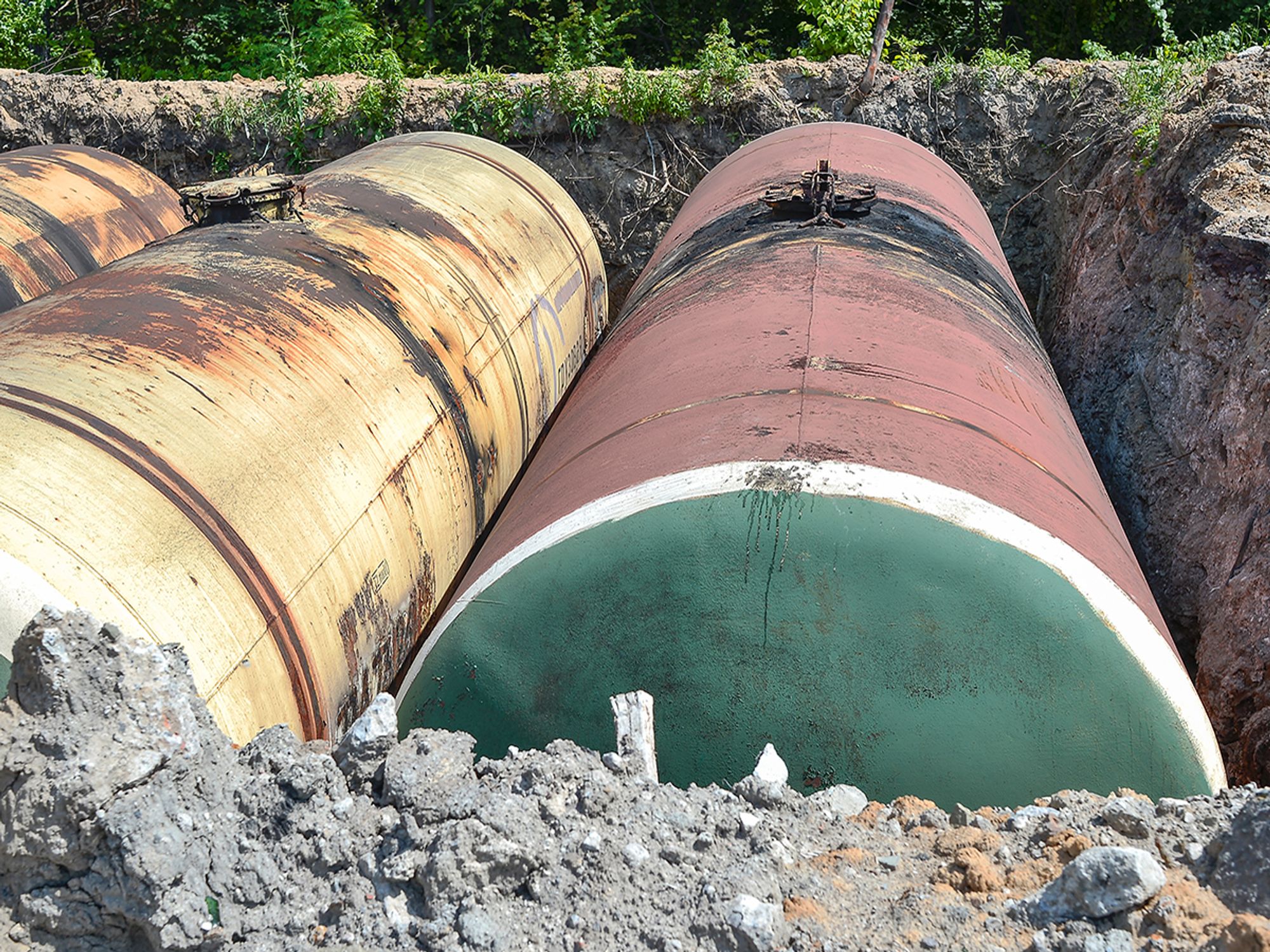Basic requirements for UST systems

- The greatest potential hazard from a leaking UST is that hazardous substance can seep into the soil and contaminate groundwater.
- Various basic compliance requirements are needed for USTs.
An underground storage tank (UST) system is a tank, and any underground piping connected to the tank, that has at least 10 percent of its combined volume underground. The federal UST regulations apply only to underground tanks and piping storing either petroleum or certain hazardous substances.
Until the mid-1980s, most USTs were made of bare steel, which is likely to corrode over time and allow UST contents to leak into the environment. Faulty installation or inadequate operating and maintenance procedures also can cause USTs to release their contents into the environment. The greatest potential hazard from a leaking UST is that the petroleum or other hazardous substance can seep into the soil and contaminate groundwater, a major source of drinking water. A leaking UST can present other health and environmental risks, including the potential for fire and explosion.
Cited under 40 CFR 280-282, the basic compliance requirements are:
- Properly install USTs.
- Ensure tanks have required secondary containment and corrosion protection.
- Follow correct filling practices.
- Report new UST systems, suspected and confirmed releases, and UST system closures.
- Keep accurate records of operation and maintenance.
- Ensure Class A and B operators have correct training and pass required exams.
- Ensure Class C operators have correct training.
